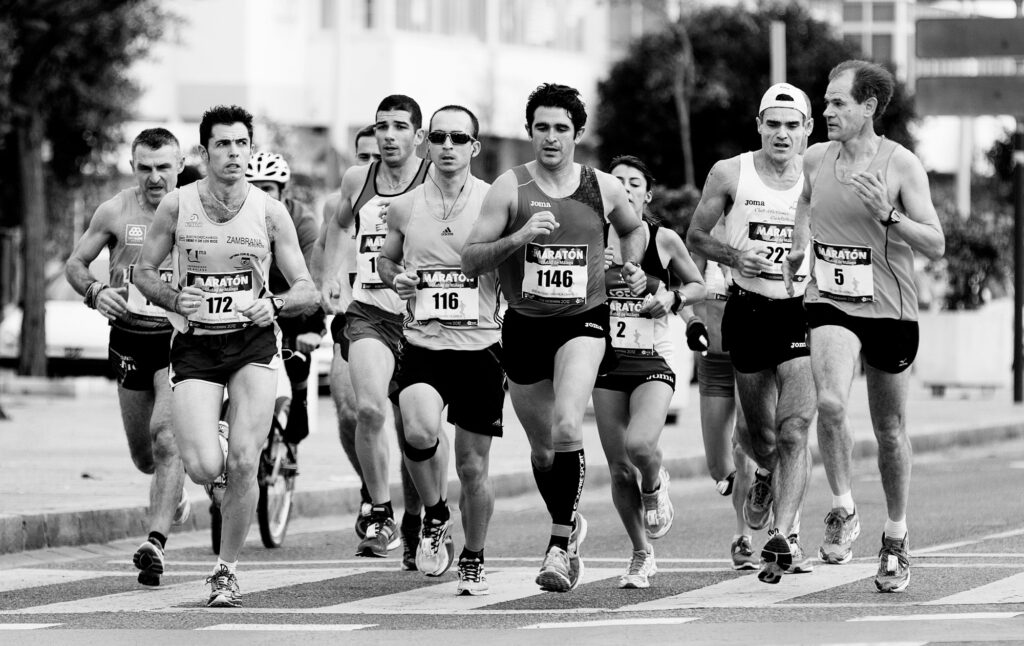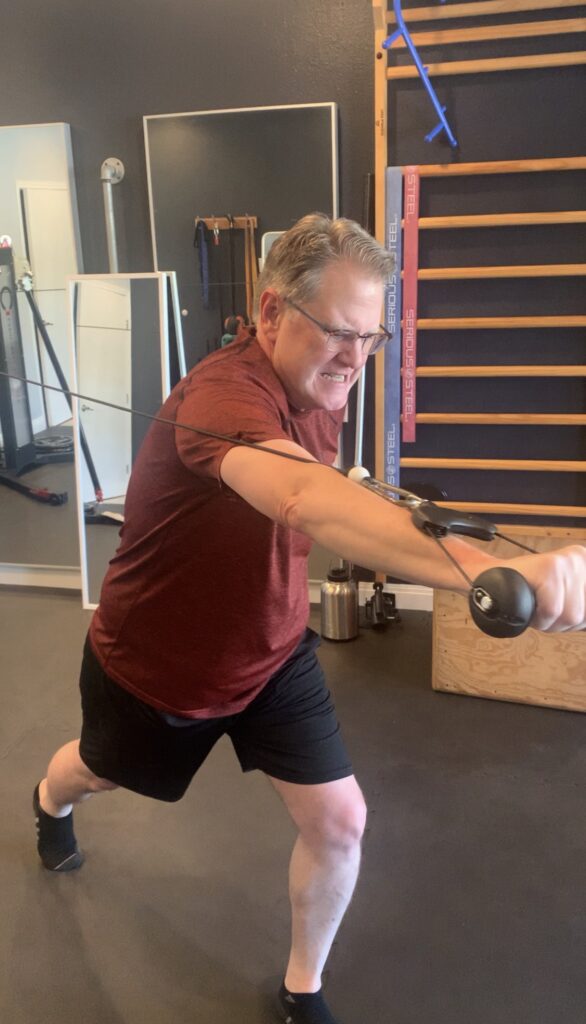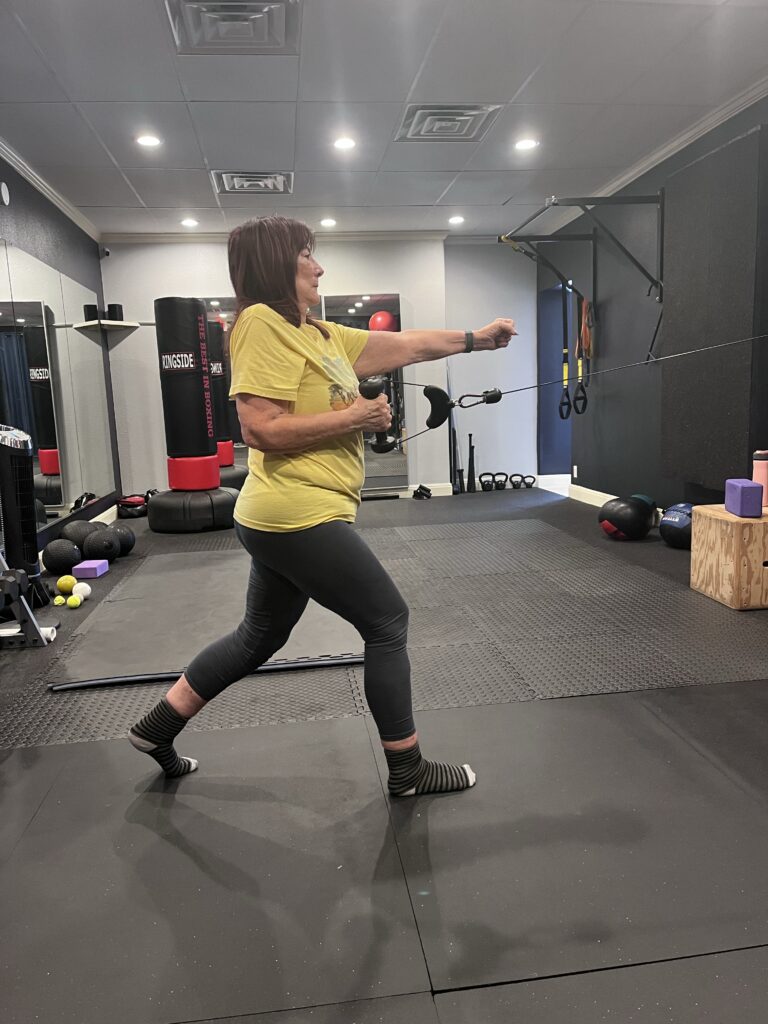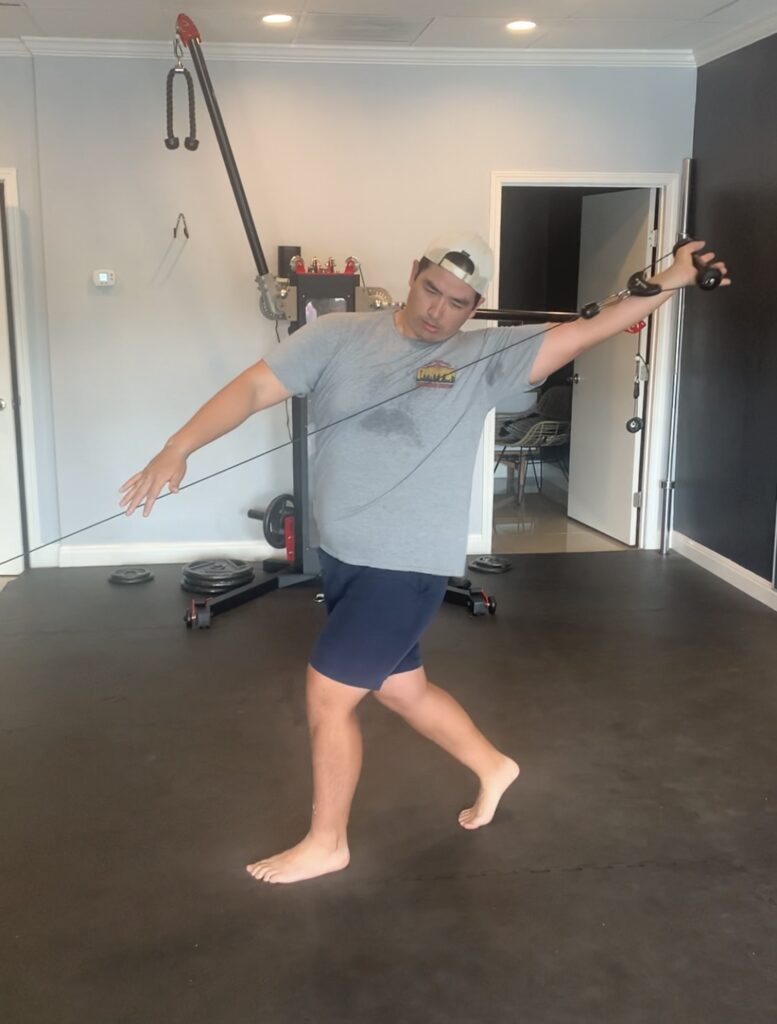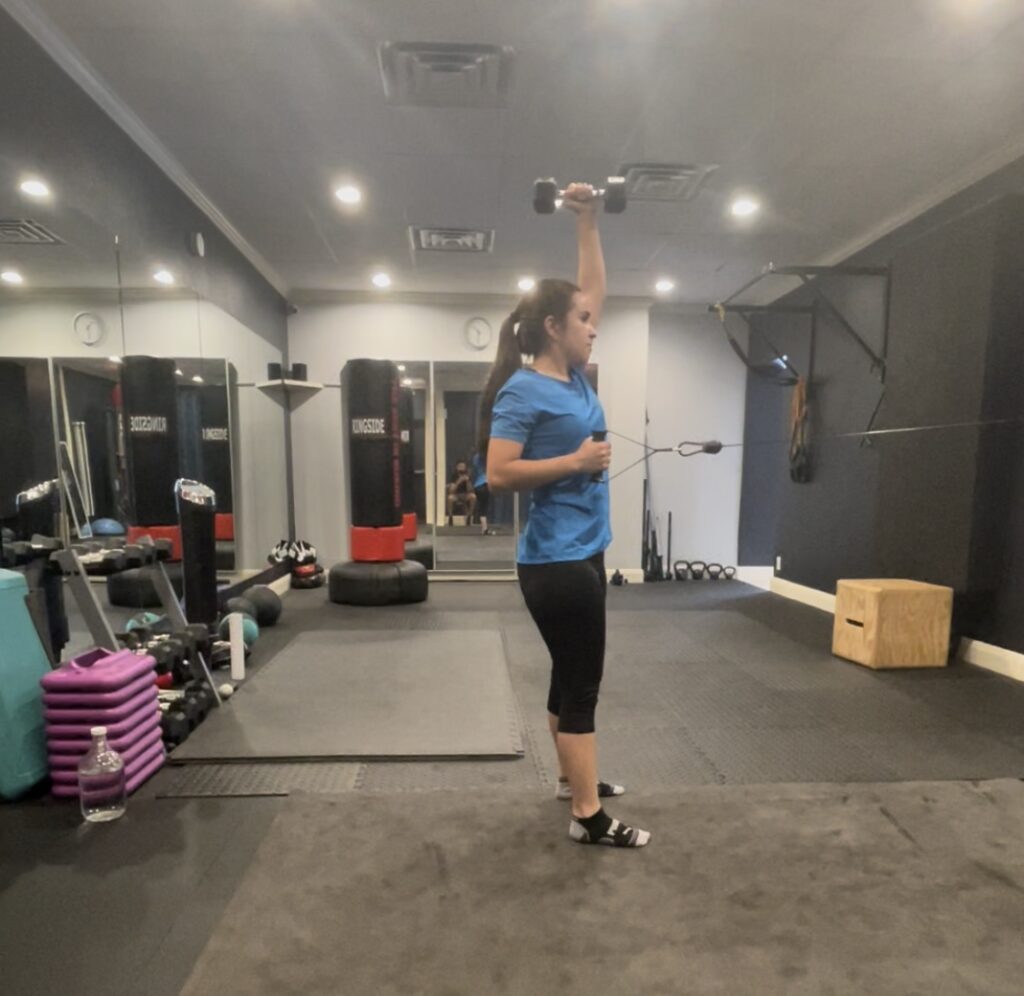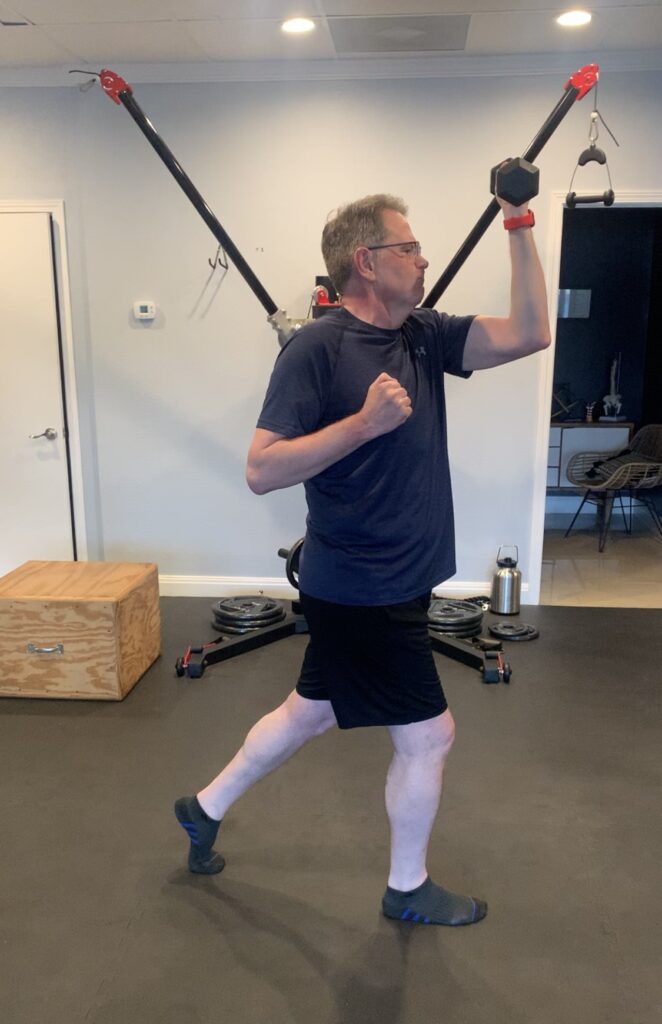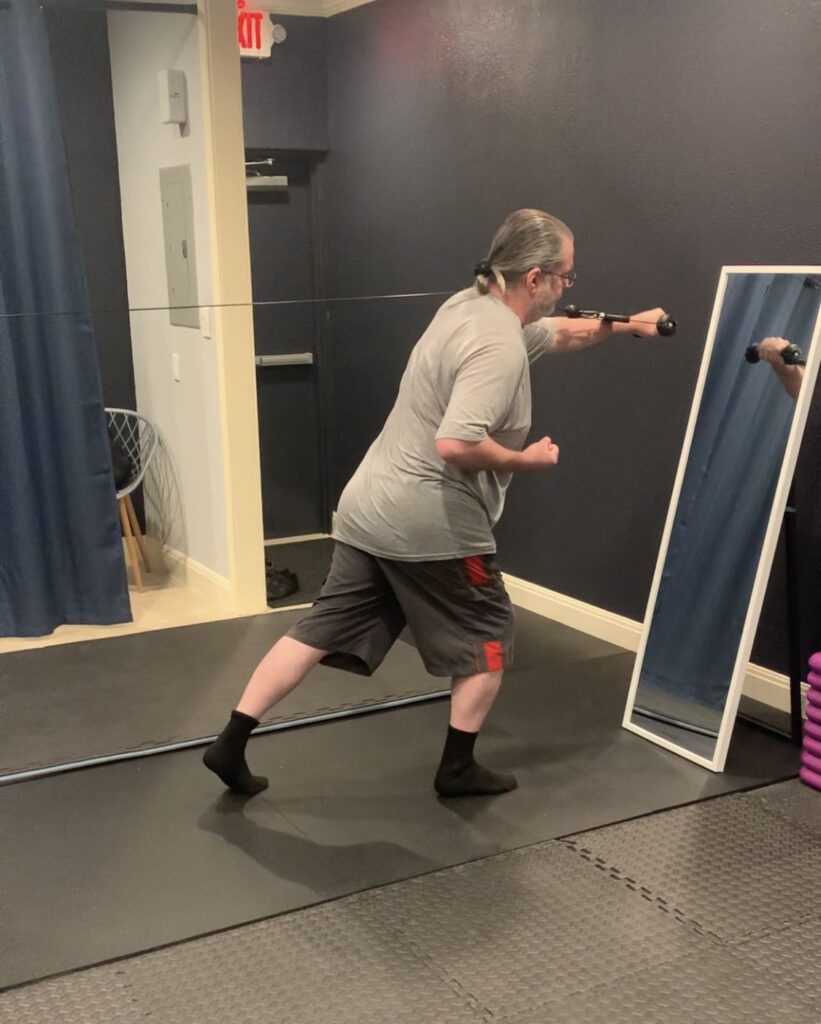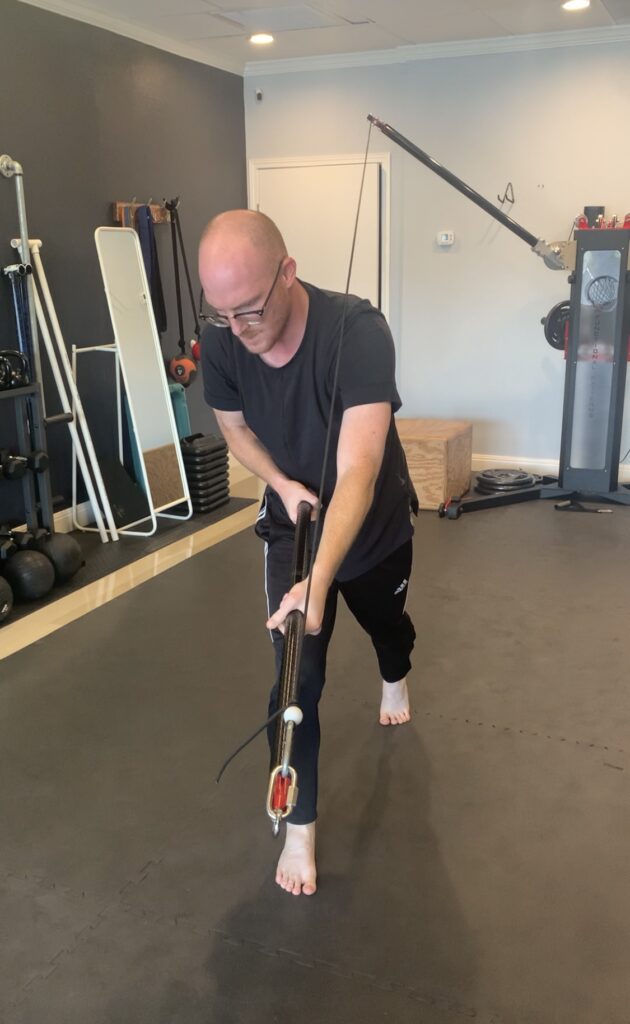When we talk about natural human movement, one of the most fascinating and essential concepts is contralateral reciprocation. This is the biomechanical process where opposite limbs (e.g., right arm and left leg) move in sync during activities like walking and running. It’s a fundamental aspect of how our bodies are designed to move, playing a key role in balance, coordination, and efficiency.
What Is Contralateral Reciprocation?
Contralateral reciprocation refers to the natural, coordinated movement of opposite sides of the body during locomotion. For example, when you take a step with your left leg, your right arm swings forward. This movement pattern is not random; it’s an integrated response that our nervous system has developed over millions of years of evolution.
This coordination allows us to move more efficiently and maintain balance. As one leg swings forward, the opposite arm counterbalances it, reducing the amount of twisting or rotating forces on the spine. This not only makes our movement smoother but also conserves energy, enabling us to walk or run for longer periods without tiring as quickly.
The Biological Basis:
Contralateral movement is deeply rooted in our nervous system. The brain and spinal cord are designed to coordinate these opposite limb movements through a network of neurons and reflexes. When one limb moves, signals are automatically sent to the opposite side of the body to engage the corresponding muscles.
This cross-body communication is what makes activities like walking and running feel natural and effortless. It’s also why these movements are prioritized in our workouts, as they are deeply embedded in our motor patterns.
The Importance of Contralateral Reciprocation in Daily Life:
In everyday life, contralateral reciprocation is essential for efficient and effective movement. It helps us maintain balance when walking on uneven surfaces, navigate obstacles, and even perform complex tasks that require full-body coordination.
Training and reinforcing contralateral movement patterns can enhance athletic performance, improve posture, and reduce the risk of injury. Exercises that emphasize cross-body movements can help fine-tune these natural patterns, ensuring that our bodies move as they are designed to.
Benefits of Embracing Natural Movement
By focusing on and enhancing contralateral reciprocation, we can achieve numerous benefits:
– **Improved Coordination:** Reinforcing these natural movement patterns sharpens overall coordination and motor skills, making everyday tasks easier and more efficient.
– **Better Balance:** Contralateral movements help distribute weight more evenly across the body, reducing the risk of falls and improving stability.
– **Enhanced Athletic Performance:** Athletes who train with an emphasis on contralateral movement patterns often experience better performance in activities that require full-body coordination, such as running.
– **Injury Prevention:** Proper contralateral movement reduces strain on the spine and joints, decreasing the likelihood of overuse injuries.
Contralateral reciprocation is a powerful reminder of the elegance and efficiency of natural human movement. By understanding and embracing this fundamental aspect of our biology, we can move through the world with greater ease, balance, and grace. Whether you’re walking, running, or training, paying attention to the harmony between your limbs can unlock the full potential of your body’s natural movement capabilities.


